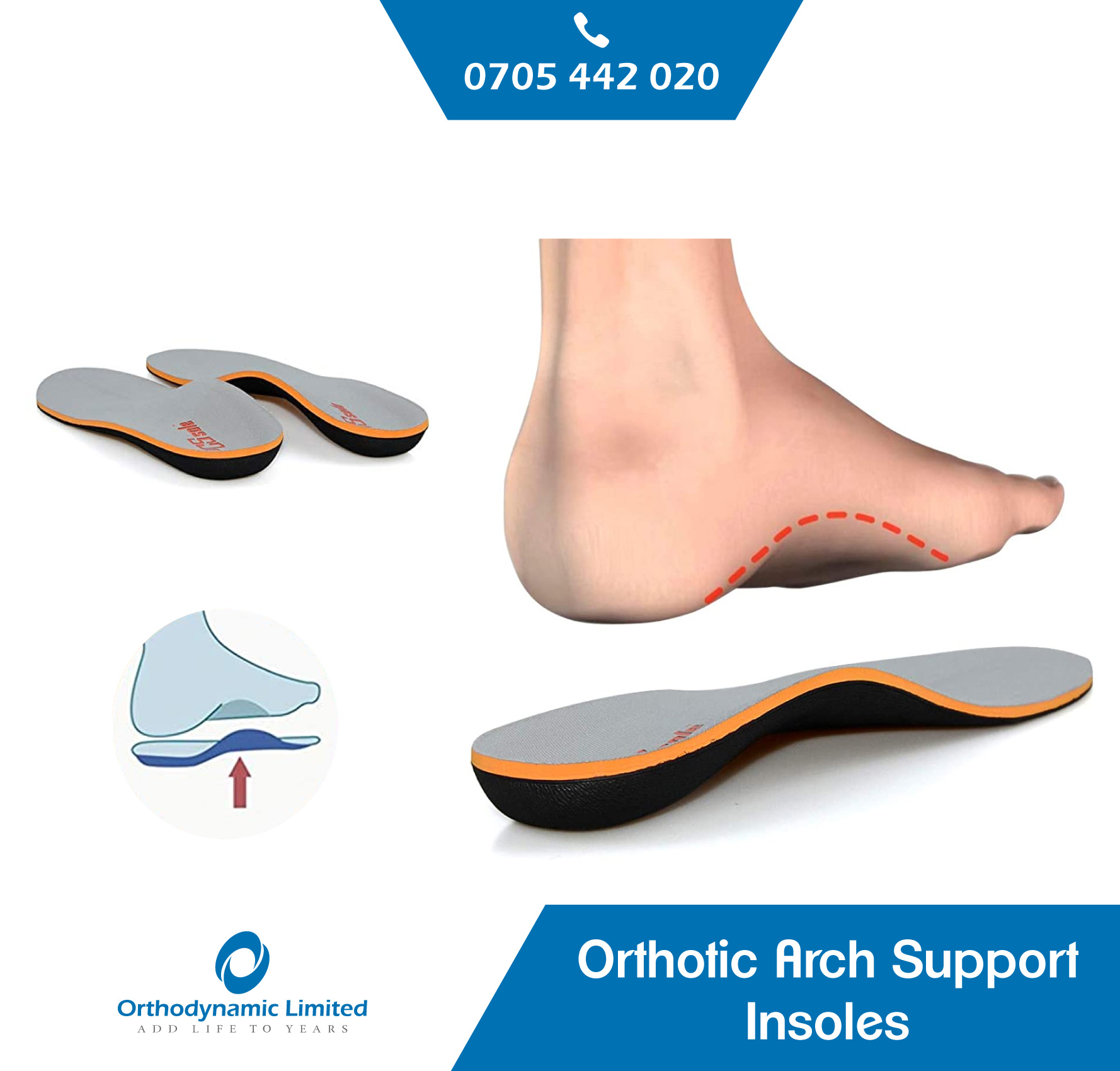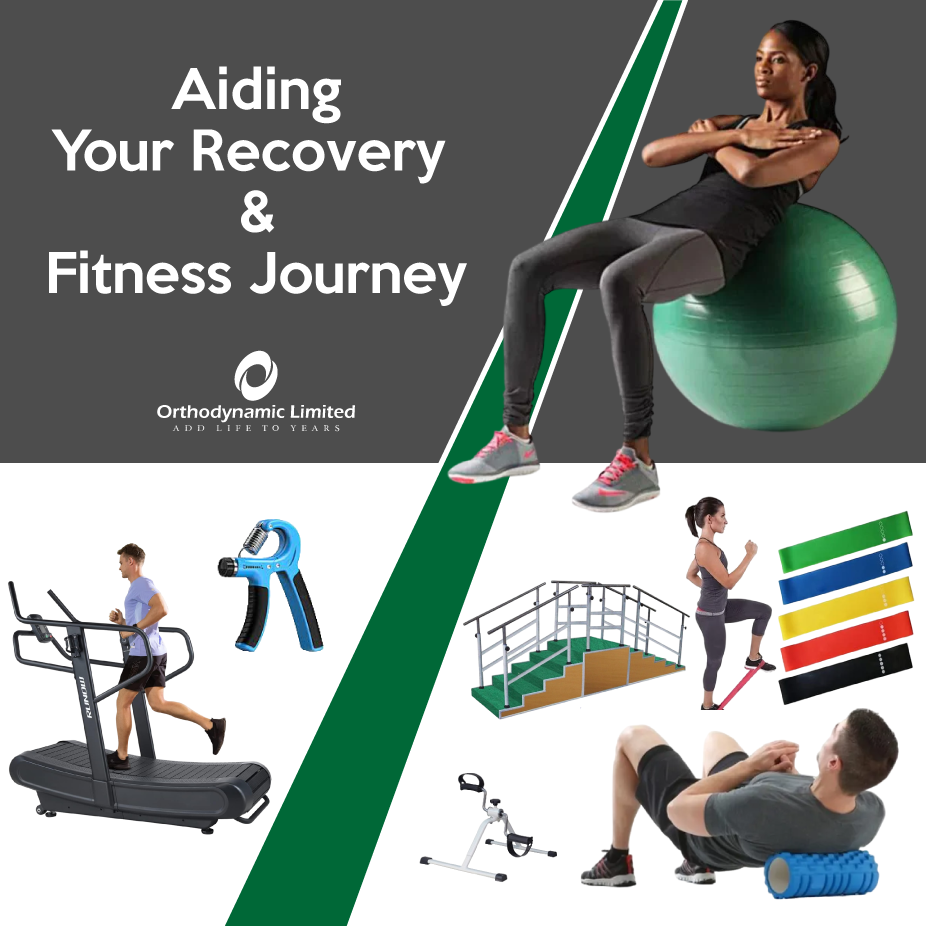Using Balance Boards for Core Strengthening
Core strength is an essential component of overall physical health, influencing everything from posture to injury prevention. One of the most versatile and effective tools for enhancing core strength and stability is the balance board. These simple yet dynamic devices challenge the body’s equilibrium, engaging deep muscle groups and improving coordination.
Why Core Strength Matters
A strong core provides the foundation for all movement. Benefits include:
- Improved Posture: A strong core supports the spine and reduces slouching.
- Enhanced Balance and Stability: Core muscles stabilize the body during movement, preventing falls and improving athletic performance.
- Injury Prevention: By supporting the spine and pelvis, a robust core reduces the risk of back pain and injuries.
The Science Behind Balance Boards
Balance boards create an unstable surface, forcing users to activate their core muscles to maintain stability. This constant adjustment strengthens the abdominal, lower back, and oblique muscles, while also enhancing proprioception—the body’s sense of position and movement.
Types of Balance Boards
- Wobble Boards: Feature a rounded base, offering 360-degree motion. Ideal for beginners and rehabilitation.
- Rocker Boards: Pivot along a single axis, perfect for improving balance in one direction.
- Roller Boards: Combine a flat board with a rolling cylinder, providing a greater challenge for advanced users.
Benefits of Using Balance Boards
- Core Activation: Engages deep abdominal and lower back muscles to maintain stability.
- Improved Coordination: Sharpens reflexes and motor skills, essential for sports and daily activities.
- Injury Prevention: Enhances proprioception, reducing the risk of falls and joint injuries.
- Rehabilitation: Effective for recovering from lower-limb injuries by safely rebuilding strength and balance.
- Enhanced Athletic Performance: Boosts agility and reaction time, benefiting sports like skiing, surfing, and basketball.
Effective Exercises with Balance Boards
1. Basic Balancing
- Stand with both feet on the board.
- Maintain stability for 1-2 minutes, focusing on engaging your core.
- Gradually increase duration as your balance improves.
2. Tilt and Shift
- Rock the board side-to-side or front-to-back.
- Control the motion without letting the edges touch the ground.
- Strengthens stabilizing muscles and improves control.
3. Single-Leg Balance
- Lift one foot off the board while balancing on the other.
- Hold for 30 seconds before switching sides.
- Builds strength and proprioception.
4. Push-Ups
- Place your hands on the board while performing push-ups.
- Adds an element of instability, engaging the core and upper body.
5. Squats
- Stand on the board and perform controlled squats.
- Combines balance and strength training, targeting the legs and core.
Real-Life Applications of Balance Boards
- Athletic Training: Balance boards simulate real-world conditions, preparing athletes for dynamic movements on unstable surfaces.
- Senior Fitness: Balance boards help older adults improve stability, reducing the likelihood of falls.
- Post-Injury Recovery: Physiotherapists use balance boards to restore strength and coordination in patients recovering from ankle or knee injuries.
Success Stories
Case Study: Rehabilitation After an Ankle Injury
A 28-year-old runner recovering from a severe ankle sprain incorporated balance board exercises into her physiotherapy routine. Within eight weeks, she regained full strength and proprioception, allowing her to return to competitive running.
Case Study: Improved Performance for a Snowboarder
A professional snowboarder used a roller board to simulate the movements required on the slopes. This off-season training improved his balance and reaction time, leading to better performance in competitions.
Choosing the Right Balance Board
When selecting a balance board, consider the following factors:
- Skill Level: Beginners should start with wobble boards, while advanced users may prefer roller boards for a greater challenge.
- Material: Opt for durable materials like high-quality wood or plastic with a non-slip surface for safety.
- Size: Ensure the board provides enough space for a stable stance.
- Portability: Lightweight boards are easier to transport and store.
Tips for Safe and Effective Use
- Start Slowly: Begin with basic exercises and gradually progress to more advanced movements.
- Wear Proper Footwear: Non-slip shoes or bare feet provide better grip.
- Use a Support: Beginners may benefit from holding onto a wall or chair for stability.
- Be Consistent: Regular practice yields the best results.
Integrating Balance Boards into Your Routine
- Use a balance board during warm-ups to activate stabilizing muscles.
- Incorporate it into strength training exercises for an added challenge.
- Dedicate 5-10 minutes daily to balance board activities for steady improvement.
Expanding the Benefits
Balance boards are not just for fitness enthusiasts; they are also used in schools to improve focus and coordination in children, in offices as part of ergonomic setups, and in rehabilitation clinics worldwide. Their versatility makes them a valuable addition to any fitness or recovery program.
Conclusion
Balance boards offer a simple yet effective way to enhance core strength, stability, and coordination. Whether you’re an athlete looking to improve performance, a senior aiming to prevent falls, or recovering from an injury, balance boards provide a versatile tool for achieving your goals. With consistent practice and the right guidance, these boards can transform your fitness routine and support lifelong physical health.












Leave a Reply